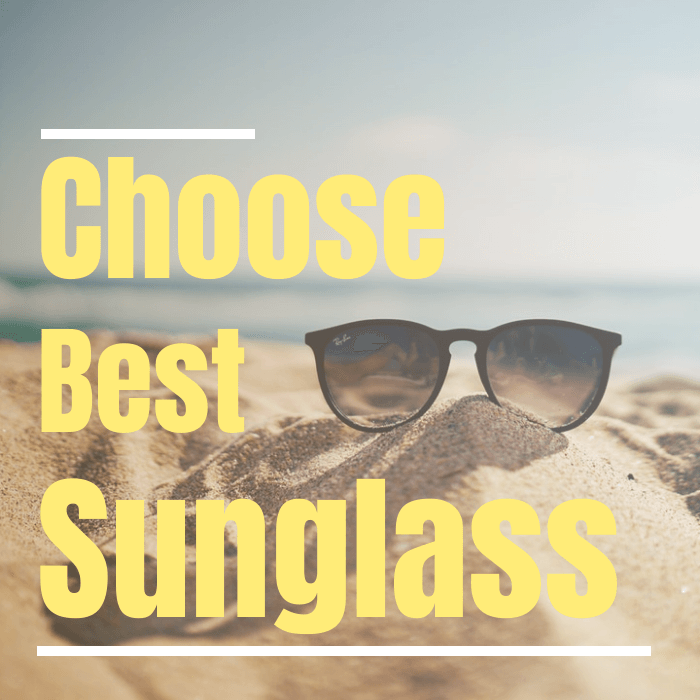
Can you use your everyday town sunglasses when you venture outdoors? Your everyday sunglasses might be stylish, but they may not offer the necessary protection you need for your eyes.
When you go fishing, the reflection on the surface of the water makes your eyes squint. Ordinary sunglasses do not have the needed protection to protect your eyes. This is the same case for mountaineering and biking. With the right hiking, mountaineering, or fishing sunglasses, you will enjoy your outdoor trip even better.
There are different types of sunglass lens, colors, and designs to meet your needs and your style. Below is a complete guide on how to choose the best sunglasses for outdoor use.
One of the main reasons you need to keep your eyes protected is because snow and water surfaces can cause temporary blindness. The surface of the water reflects light while the surface of snow can affect your eyes. Snow blindness is common if you go mountaineering without the right sunglasses. This condition also affects your eyes when you go fishing and surface reflection falls on your eyes. The reflection makes your eyes feel as if they are sunburnt.
Snow and water surface reflects up to 80 percent of the rays from the sun. Sand also has the same effect as water and snow. Granted, wherever you venture outdoors, you need to have the right sunglasses to protect your eyes.
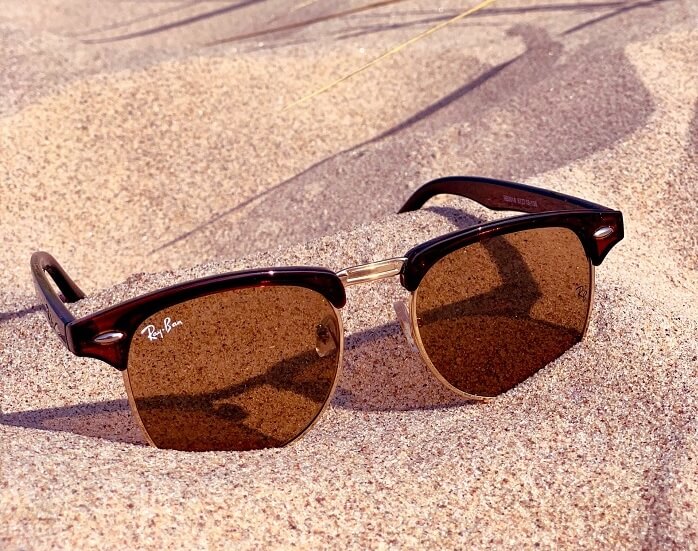
Maybe you are wondering, what color sunglasses should I get? Sunglasses with different colored lenses are available, but for starters, you need to choose sunglasses based on where you plan to use them. There are a few types of sunglasses including:
Driving Sunglasses – These are sunglasses you wear when driving to work. They may look stylish and tough, but they do not have the power to protect your eyes from strong UV rays. They are also not tough enough to handle action sports.
Sport/Outdoor Sunglasses – These are for the active user. They are designed rugged to accommodate adventure. You can use them when biking, hiking, running, or fishing. To make them tough, these sunglasses sport high-quality frames and lenses to make them scratch and impact resistance. With these sunglasses, you need comfortable nose pads that hold on tight even when you are highly active. Some feature interchangeable lenses that you can tweak to fit different light conditions.
Mountaineering Sunglasses – These are special sunglasses that protect you from snow blindness. The sunlight reflected from the surface of the snow is so intense that it might temporarily blind you. Besides having polarized lenses, the glasses wrap around your face to ensure that reflected light doesn’t get in through the sides of the sunglasses.

Are you wondering which the best color for sunglasses is? You could pick any color that matches your style, but some colors are best suited for certain light conditions. Before you pick colors, however, start by choosing from types of sunglass lenses.
Polarized Sunglasses – If you have heard the hype around these lenses, believe it. They are designed to reduce glare from surfaces. They are great when you go out fishing or playing water sports. The only problem with polarization is that they may create a blind-spot when they react with tints in car windshields, making it challenging to read numbers and letters on LCD screens. You can use mirrored lenses to keep the glare out.
Photochromic Lenses – These are versatile sunglasses that protect you when you venture into areas with varying light intensities. On bright days, the lenses look darker, and on darker days, the lenses look lighter. Even with their advantages, they are not the most ideal for use in cold days as the photochromic function doesn’t work as fast. Again, because UVB rays do not penetrate your windshield, the sunglasses do not work when you are driving.
Interchangeable Lenses – If you need the most versatile sunglasses, choose some with interchangeable lenses. Instead of wondering which is between green vs brown lenses, you can buy the two colors to use in different light conditions. Dark-colored lenses are great when the sun is up and you need more protection, while light-colored lenses are great when the sun goes down or early in the morning when you need more visibility.
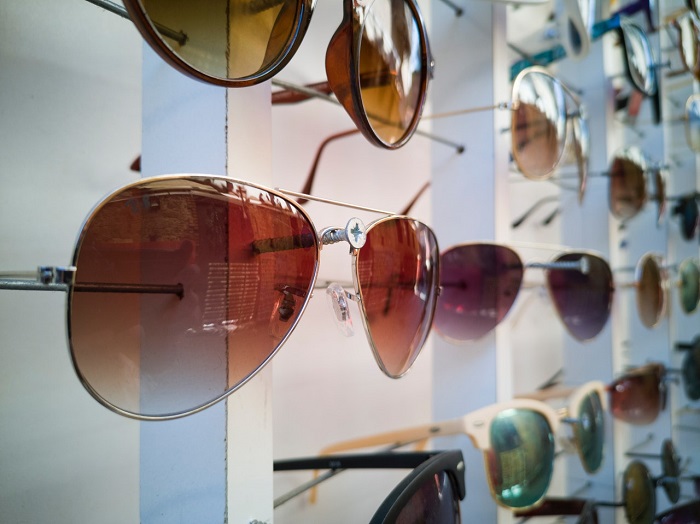
How much can you see with the sunglasses on? The amount of visible light that gets in through your sunglasses is illustrated as a percentage named visible light transmission, VLT. Sunglasses feature different lens thicknesses and come in different colors. Darker colors allow less light in while brighter colors allow more light in. Again, the thicker the lens, the less the light that gets through to your eyes. Some lenses also come with coatings that minimize the amount of visible light that gets in.
You can check the VLT percentage for all sunglasses before you, but to ensure you get the best sunglasses for your needs.
The sunglasses light transmission percentage you choose will depend on where you need to use them.
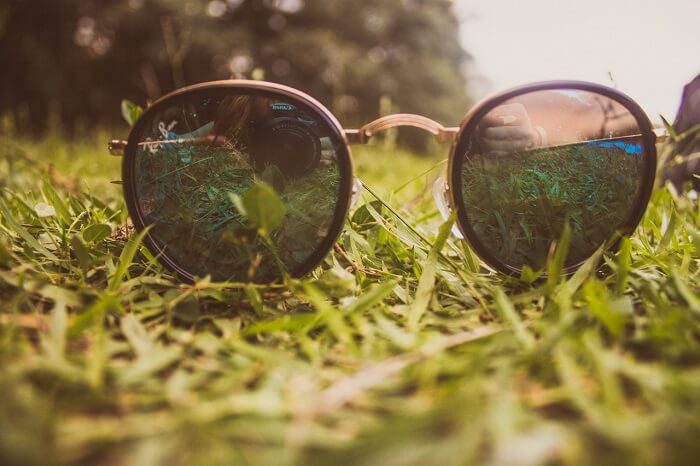
Are you torn between gray vs brown polarized lenses? You are right to wonder which sunglasses color will meet your needs as different glasses come with different VLT. Again, you might need a color that matches your style. Colors and tints determine how well you see in low light conditions and how well you see other colors.
Dark colors such as brown, green, and gray are ideal for most outdoor activities. They help reduce glare so that your eyes do not strain when you wear them on bright sunny days. The brown color is highly protective, but it distorts other colors a little. Green and gray are great when views are important for you and you want to see landscapes as they are.
Light colors, such as yellow, gold, rose, vermillion, and amber, are ideal for use in low light conditions. You can use them for snow sports, before sunrise, and after sunset. When used during water sports, the sunglasses provide excellent depth perception and enhance visibility and contrast in different light conditions.
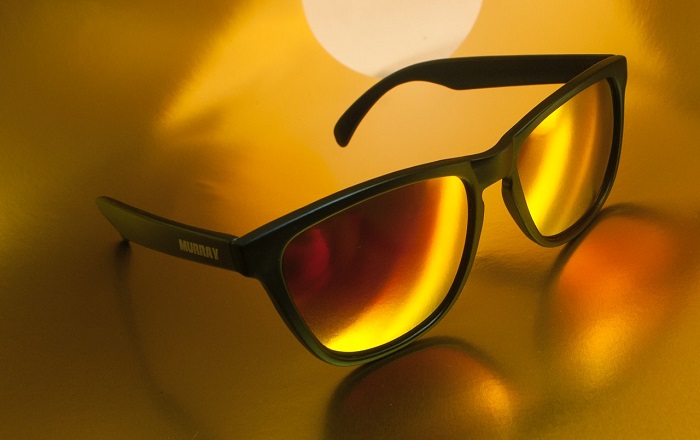
Sunglasses coatings protect the lenses, making them durable. You will have to pay more for sunglasses with multiple coatings. Common coatings include:
With mirrored surfaces, you might see surfaces darker than they are. As such, you need lighter tints for enhanced visibility.
Apart from sunglasses, what other necessities to bring when going camping? Here is an article for you: The ten essentials for camping & hiking
© 2021 by OutdoorStuffGudies.com
OutdoorStuffGudies.com is a participant in the Amazon Services LLC Associates Program, an affiliate advertising program designed to provide a means for sites to earn advertising fees by advertising and linking to Amazon.com.